-
 Bitcoin
Bitcoin $85,152.9731
0.24% -
 Ethereum
Ethereum $1,611.5456
0.79% -
 Tether USDt
Tether USDt $0.9999
0.02% -
 XRP
XRP $2.0789
-0.28% -
 BNB
BNB $593.2640
0.10% -
 Solana
Solana $140.8035
1.14% -
 USDC
USDC $0.9999
0.00% -
 Dogecoin
Dogecoin $0.1583
-1.00% -
 TRON
TRON $0.2434
0.83% -
 Cardano
Cardano $0.6303
-0.43% -
 UNUS SED LEO
UNUS SED LEO $9.3455
0.67% -
 Chainlink
Chainlink $13.0349
2.38% -
 Avalanche
Avalanche $19.8403
2.87% -
 Stellar
Stellar $0.2458
0.60% -
 Toncoin
Toncoin $2.9865
-0.38% -
 Shiba Inu
Shiba Inu $0.0...01232
-0.07% -
 Sui
Sui $2.1572
0.32% -
 Hedera
Hedera $0.1656
-0.82% -
 Bitcoin Cash
Bitcoin Cash $339.9264
0.67% -
 Hyperliquid
Hyperliquid $18.4790
4.72% -
 Polkadot
Polkadot $3.9089
4.77% -
 Litecoin
Litecoin $76.5967
0.17% -
 Bitget Token
Bitget Token $4.5966
2.91% -
 Dai
Dai $1.0000
0.00% -
 Ethena USDe
Ethena USDe $0.9992
-0.01% -
 Pi
Pi $0.6497
-0.76% -
 Monero
Monero $218.3089
1.81% -
 Uniswap
Uniswap $5.3236
1.29% -
 Pepe
Pepe $0.0...07515
2.56% -
 OKB
OKB $50.7857
0.26%
How to judge whether the handling fees of Bitcoin ETFs are reasonable?
To evaluate the reasonableness of Bitcoin ETF management fees, compare them to industry benchmarks, consider the fund's focus, assess the management experience, and analyze the performance history.
Oct 17, 2024 at 09:42 pm
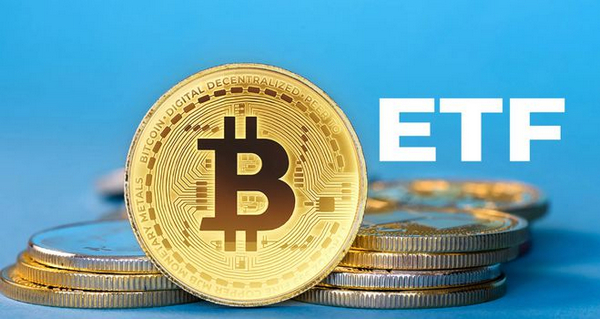
How to Evaluate the Reasonableness of Bitcoin ETF Management Fees
1. Compare to Industry Benchmarks:
Assess the fees charged by the Bitcoin ETF in comparison to similar ETFs or index funds in the blockchain or cryptocurrency space. Determine whether the fees fall within the average range for comparable products.
2. Examine the Expense Ratio:
Evaluate the expense ratio of the Bitcoin ETF. The expense ratio represents the annual percentage of assets deducted to cover operating expenses, including management fees and other costs. Compare the expense ratio to other Bitcoin ETFs or index funds to determine if it is competitive.
3. Consider the Fund's Focus:
Different Bitcoin ETFs may have varying investment strategies and fees. Consider the specific focus of the fund, such as exposure to spot Bitcoin, Bitcoin derivatives, or a combination of both. Fees may vary depending on the complexity of the strategy.
4. Assess Management Experience:
Research the management team behind the Bitcoin ETF and their experience in handling cryptocurrency assets. A team with a proven track record of expertise in the industry may justify higher fees.
5. Determine Active vs. Passive Management:
Bitcoin ETFs can be actively or passively managed. Actively managed funds typically have higher fees due to extensive research and portfolio adjustments. Compare the fees of actively managed funds to passive funds that track a specific index.
6. Evaluate Fund Size:
Larger Bitcoin ETFs with greater assets under management may benefit from economies of scale, resulting in lower fees. Consider the fund size in relation to the fees charged to determine if the scale justifies the cost.
7. Analyze Performance History:
Examine the historical performance of the Bitcoin ETF over a period of time. High-performing funds with consistent returns may be worth higher fees if they justify the potential for greater returns.
8. Consider Hidden Fees:
In addition to management fees, Bitcoin ETFs may have other associated costs, such as trading commissions, redemption fees, or performance-based fees. Be aware of these hidden fees and factor them into your evaluation.
Disclaimer:info@kdj.com
The information provided is not trading advice. kdj.com does not assume any responsibility for any investments made based on the information provided in this article. Cryptocurrencies are highly volatile and it is highly recommended that you invest with caution after thorough research!
If you believe that the content used on this website infringes your copyright, please contact us immediately (info@kdj.com) and we will delete it promptly.
- 3 Cryptocurrencies Promise to Make You a Millionaire by 2025
- 2025-04-20 11:55:12
- In Its Recent Network Updates, an Ethereum (ETH) Core Developer Has Highlighted Five Key Projects the Blockchain
- 2025-04-20 11:55:12
- TON (BTC) Breakout Presents Opportunity to Explore Long Positions
- 2025-04-20 11:50:13
- Ethereum (ETH) Core Developers Highlight 5 Key Projects the Blockchain Is Working on
- 2025-04-20 11:50:13
- MAGACOIN FINANCE: THE NEW ROI DARLING?
- 2025-04-20 11:45:13
- Rich Dad Poor Dad author Robert Kiyosaki recently predicted that Bitcoin will surpass the price of USD 1 million by 2035.
- 2025-04-20 11:45:13
Related knowledge

What is the difference in returns between long-term holding of a Bitcoin ETF and holding Bitcoin directly?
Apr 09,2025 at 04:15am
When considering the difference in returns between long-term holding of a Bitcoin ETF and holding Bitcoin directly, it's essential to understand the nuances and factors that affect each investment option. Both approaches have their unique advantages and potential drawbacks, which can significantly impact the overall returns over time. Understanding Bitc...
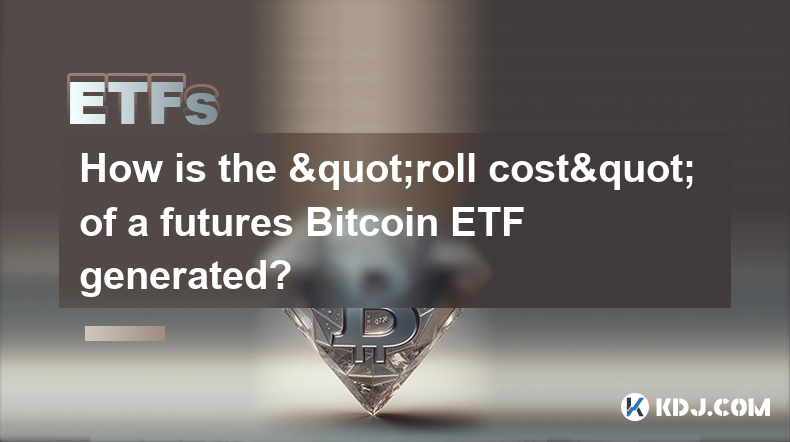
How is the "roll cost" of a futures Bitcoin ETF generated?
Apr 08,2025 at 01:22pm
The 'roll cost' of a futures Bitcoin ETF is a critical concept for investors to understand, as it directly impacts the performance of the ETF. In this article, we will delve into the mechanics of how the roll cost is generated, exploring the underlying processes and factors that contribute to this cost. Understanding Futures ContractsFutures contracts a...
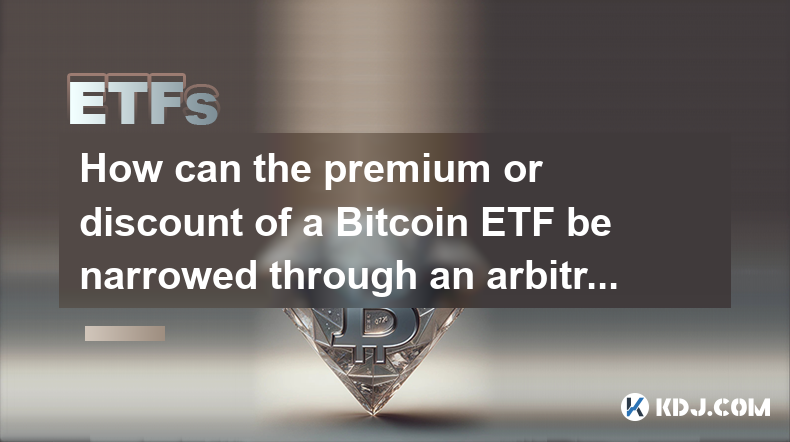
How can the premium or discount of a Bitcoin ETF be narrowed through an arbitrage mechanism?
Apr 09,2025 at 12:07am
Arbitrage mechanisms play a crucial role in narrowing the premium or discount of a Bitcoin Exchange Traded Fund (ETF). Understanding how these mechanisms work can provide valuable insights into the dynamics of Bitcoin ETFs and their relationship with the underlying asset. This article will delve into the specifics of how arbitrage can be used to align t...
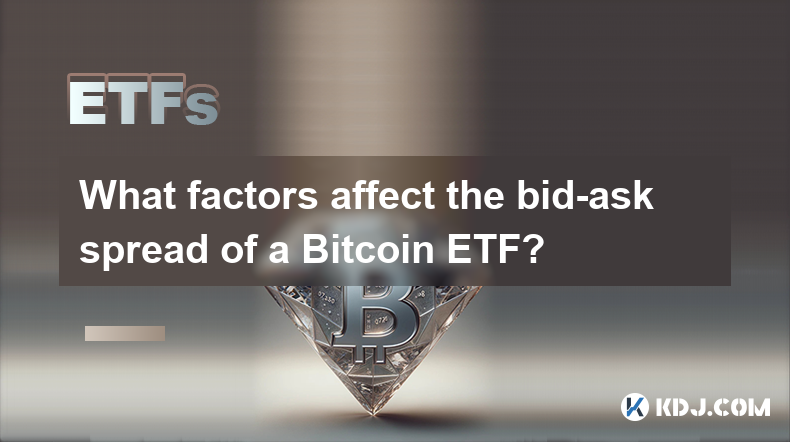
What factors affect the bid-ask spread of a Bitcoin ETF?
Apr 08,2025 at 08:50pm
The bid-ask spread of a Bitcoin Exchange Traded Fund (ETF) is a critical metric that investors and traders closely monitor. It represents the difference between the highest price a buyer is willing to pay (bid) and the lowest price a seller is willing to accept (ask). Several factors influence this spread, and understanding them can help investors make ...
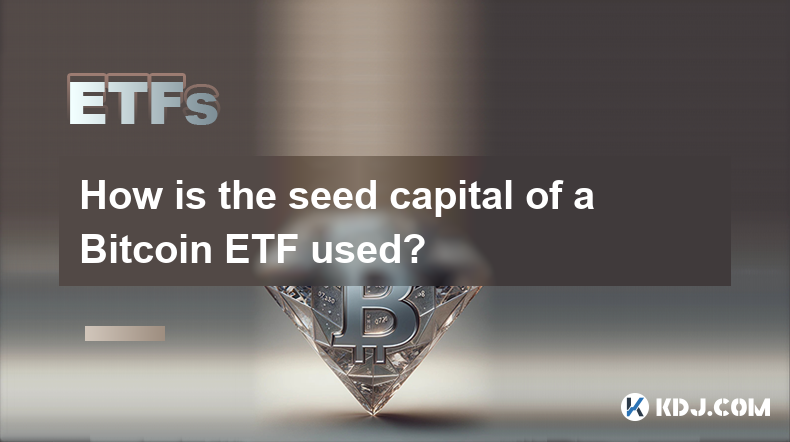
How is the seed capital of a Bitcoin ETF used?
Apr 10,2025 at 02:15pm
The seed capital of a Bitcoin ETF plays a crucial role in the establishment and operation of the fund. This initial investment is used to create the fund's underlying assets, manage operational costs, and ensure the ETF can start trading on an exchange. Understanding how this seed capital is utilized provides insight into the mechanics of Bitcoin ETFs a...

What is the difference between "physically backed" and "synthetic" Bitcoin ETFs in terms of holding assets?
Apr 10,2025 at 04:56pm
Bitcoin Exchange Traded Funds (ETFs) have become a popular way for investors to gain exposure to the cryptocurrency market without directly owning the underlying asset. There are two primary types of Bitcoin ETFs: physically backed and synthetic. Understanding the differences between these two types, particularly in terms of how they hold assets, is cru...

What is the difference in returns between long-term holding of a Bitcoin ETF and holding Bitcoin directly?
Apr 09,2025 at 04:15am
When considering the difference in returns between long-term holding of a Bitcoin ETF and holding Bitcoin directly, it's essential to understand the nuances and factors that affect each investment option. Both approaches have their unique advantages and potential drawbacks, which can significantly impact the overall returns over time. Understanding Bitc...

How is the "roll cost" of a futures Bitcoin ETF generated?
Apr 08,2025 at 01:22pm
The 'roll cost' of a futures Bitcoin ETF is a critical concept for investors to understand, as it directly impacts the performance of the ETF. In this article, we will delve into the mechanics of how the roll cost is generated, exploring the underlying processes and factors that contribute to this cost. Understanding Futures ContractsFutures contracts a...

How can the premium or discount of a Bitcoin ETF be narrowed through an arbitrage mechanism?
Apr 09,2025 at 12:07am
Arbitrage mechanisms play a crucial role in narrowing the premium or discount of a Bitcoin Exchange Traded Fund (ETF). Understanding how these mechanisms work can provide valuable insights into the dynamics of Bitcoin ETFs and their relationship with the underlying asset. This article will delve into the specifics of how arbitrage can be used to align t...

What factors affect the bid-ask spread of a Bitcoin ETF?
Apr 08,2025 at 08:50pm
The bid-ask spread of a Bitcoin Exchange Traded Fund (ETF) is a critical metric that investors and traders closely monitor. It represents the difference between the highest price a buyer is willing to pay (bid) and the lowest price a seller is willing to accept (ask). Several factors influence this spread, and understanding them can help investors make ...

How is the seed capital of a Bitcoin ETF used?
Apr 10,2025 at 02:15pm
The seed capital of a Bitcoin ETF plays a crucial role in the establishment and operation of the fund. This initial investment is used to create the fund's underlying assets, manage operational costs, and ensure the ETF can start trading on an exchange. Understanding how this seed capital is utilized provides insight into the mechanics of Bitcoin ETFs a...

What is the difference between "physically backed" and "synthetic" Bitcoin ETFs in terms of holding assets?
Apr 10,2025 at 04:56pm
Bitcoin Exchange Traded Funds (ETFs) have become a popular way for investors to gain exposure to the cryptocurrency market without directly owning the underlying asset. There are two primary types of Bitcoin ETFs: physically backed and synthetic. Understanding the differences between these two types, particularly in terms of how they hold assets, is cru...
See all articles























































































